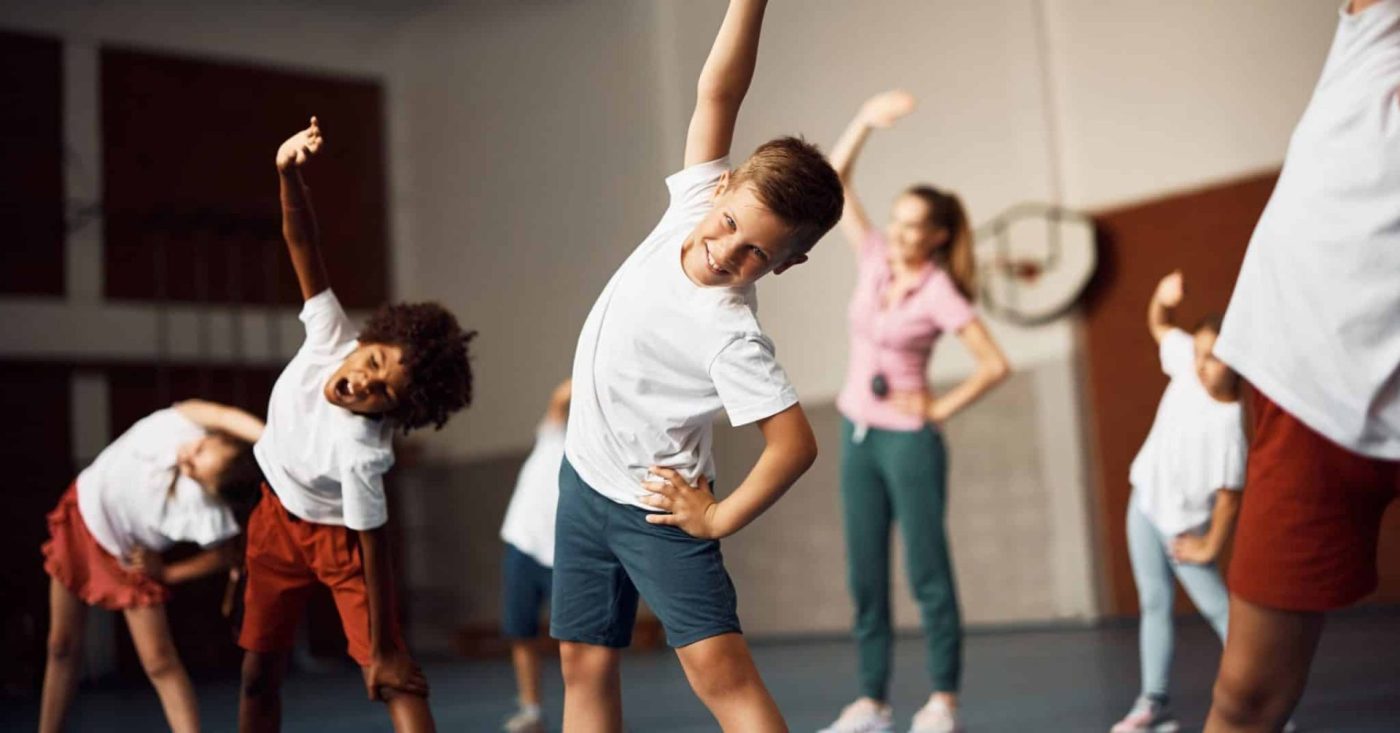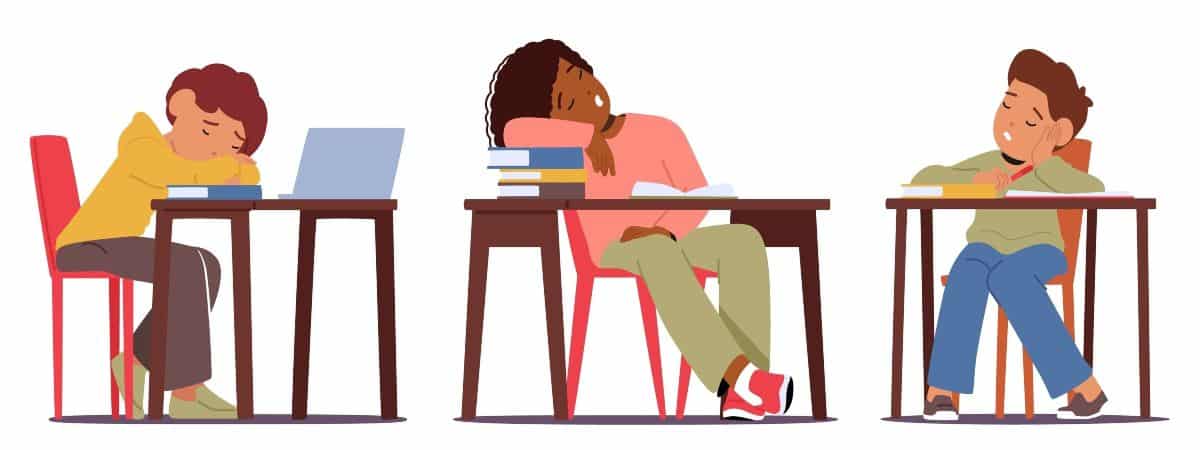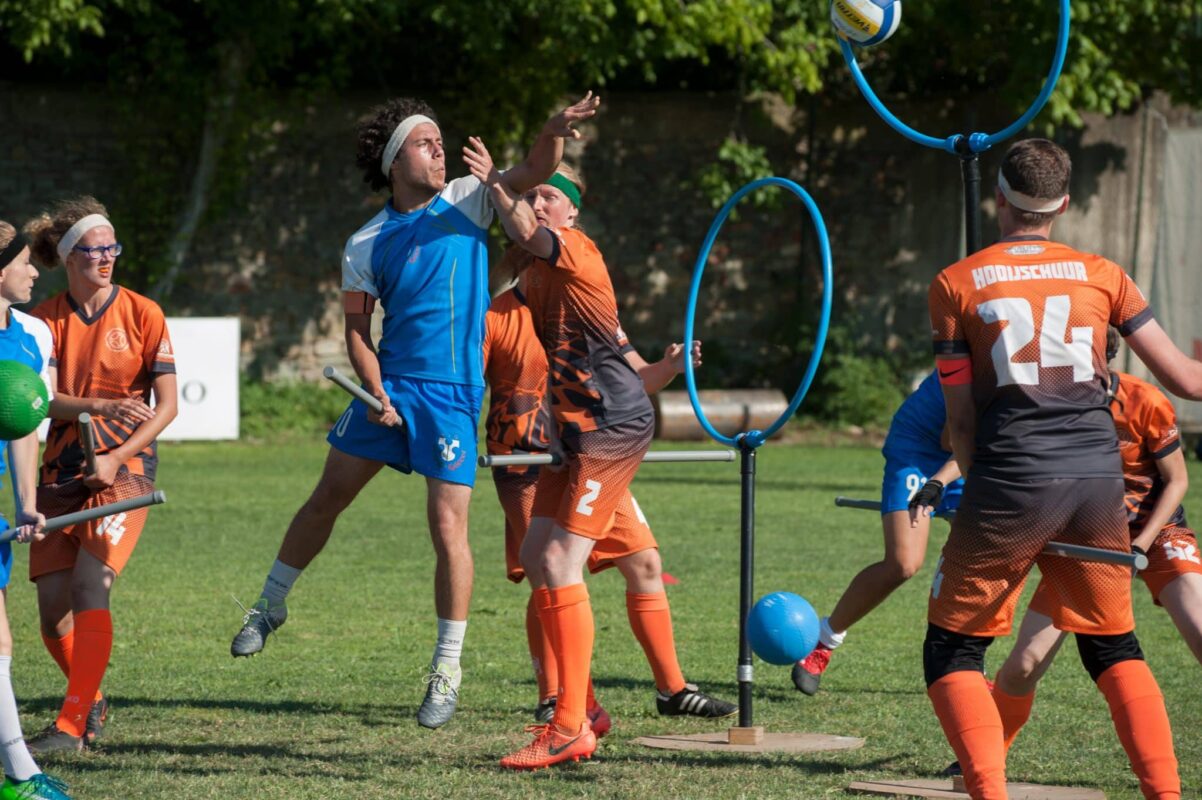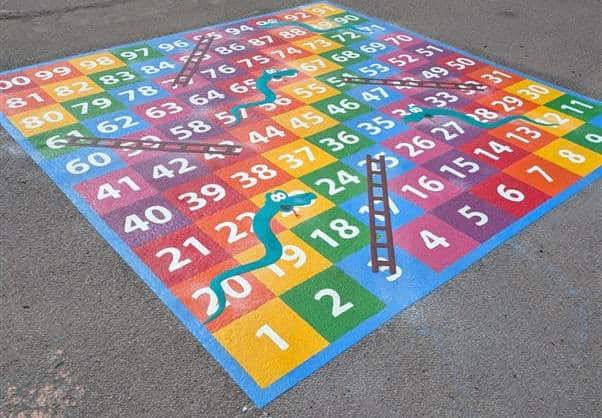Never underestimate the power of the playground. It is through play that children develop vital awareness of their own independent identity and interests, whilst observing, learning from and interacting with others. It is through undirected play that they explore their own imagination, develop problem-solving skills and gain confidence in themselves. It is whilst playing, that children organically exercise the whole mind, body and soul.
As the author, Diane Ackerman, observes, “Play is our brain’s favourite way of learning,” – a succinct point further enhanced by the fact that “Pupils learn how to focus on specific activities and control their behaviour and emotions. The playground is where children form and test relationships, learn how to negotiate different social situations and develop emotional intelligence. Their playtime is fundamental in preparing them for adulthood.” – Read more here
There can be no doubt that ‘Learning through access to natural materials and the outside environment enhances your pupils’ educational experience and has been proven to have a positive effect on children’s creativity, communication, cognitive and motor skills.’
Unfortunately, despite all this, unstructured play often has to fight for its place in an increasingly busy, data-orientated and results-focused education system and it can also become the poor cousin when it comes to budget allocation.
This is a worrying trend anyway but particularly pertinent when you consider that – ‘ Almost one third of parents said they rely on school playgrounds to get their children active and 66 per cent of parents said that outdoor play facilities are important when choosing their child’s school. In addition, school can be the only safe place for some children to play, providing their only outlet for physical activity, socialising and fun… With one in three children overweight or obese by Year 6 and child mental health problems at record levels, high-quality outdoor play equipment in schools is now more important than ever.
[divider align=”center” width=”60%” height=”4px” margin=”2.6em”]
[ux_text font_size=”1.25″ text_align=”center”]
So, let’s take a look at how your school can
maximise the benefits of play with
just a few thoughtful changes to your play area
[/ux_text]
[divider align=”center” width=”60%” height=”4px” margin=”2.6em”]
Obviously, first and foremost is safety. No one can relax and play – or allow free play to happen – if there are dangers lurking. The play environment must be physically safe and inviting before anything positive can begin. Daily checks are essential – little people can damage and rearrange things surprisingly quickly! – and then, of course, there should also be regular in-depth inspections to ensure the longevity and durability of your play area.
Some fundamental things to consider include:
[row style=”small”]
[col span=”6″ span__sm=”12″]
- Age and ability-appropriate equipment
- Activity-appropriate clothing
- Number of users at any one time
- Critical fall heights
- Landing surfaces
- Extension of landing surfaces beyond equipment
- Protruding securings
- Gaps that could trap fingers, feet and limbs
- Sharp points
- Trip hazards
- Supervision and unobscured view of activities
[/col]
[col span=”6″ span__sm=”12″]
- Paint types on equipment and fencing
- Effect of weather on surfaces and equipment
- Shade in hot weather
- Security of the area when not in use
- Type of vegetation in surrounding area
- Clear pathways between active areas
- Stability of steps
- Distance from the pollution and danger of busy roads
- Accessibility to toilets
- Free-draining soil
- Litter collection
[/col]
[/row]
With thoughtful design, these spaces can play a significant role in improving children’s health and wellbeing. They can stimulate physical activity and encourage the development of important physical competencies. They can provide positive childhood experiences of being outdoors that we know increase the likelihood of being active outdoors in adult life.
[divider align=”center” width=”300px” height=”2px” margin=”1.5em”]
[gap height=”15px”]
With basic safety covered and knowing how important play is in child development and wellbeing, the next step is to look at your available area and think about economical and practical yet inspirational ‘upgrades’. For example:
- How can the transition between areas or equipment become part of the adventure or learning opportunity? Interesting markings on the pathway surfaces, choices of different pathways to reach the same destination and non-poisonous, soft, colourful wildflower edgings can all add to the experience.
- How can different age or activity areas be separated safely? Planters, especially those on lockable wheels, can make excellent interactive dividers that can be moved around quickly and easily to change boundary areas.
- How can all children feel involved? Have different sections that focus on different energies and skills and encourage independent, quiet play to run comfortably next to group games. Everyone can be involved if there is a quiet alcove (with bench for the child who likes to read, chat with one friend or just observe) alongside the climbing frame. Or maybe shape trail markings (to follow individually) next to the hopscotch (to be played alone or with friends) which is, in turn, next to the giant Snakes and Ladders game markings.
- How can children be kept interested in the same play area? Have a wide range of activities available that suit all moods, energy levels and abilities. Have motion equipment (swings, rockers, roundabouts), floor markings (games, tracks, characters), climbing frames (castle, house, rope bridges, swing bars). Trim trails are a fun challenge in themselves but children could be guided to imagine a certain adventure they are on, to complete the trail at different speeds, to use only part of the trail, to use the trim trail itself as a transition path between other activities.
- How can the area continue to develop new skills and offer variety? The installation of an outdoor classroom not only expands the school’s learning space overall but can bring that much-needed engagement with fresh air and the natural environment all year round. Equally, good seating areas with tabling enable more formal reading and writing sessions outdoors whilst also providing multiple play opportunities. Outdoor stages can also provide endless hours of playground showmanship whilst being invaluable for outdoor assemblies, drama performances and presentations for parents.
[divider align=”center” width=”60%” height=”4px” margin=”2.6em”]
“When schools improve their playgrounds and outdoor facilities, positive things happen… Children have natural energy and enthusiasm so schools can make the most of this by building physical activity into the whole school day. Playgrounds and outside spaces get children moving during lesson time, break and lunch times, before and after school, and for extracurricular activities, as well as during sport and PE lessons. Physical literacy levels will improve and many schools report improvements in behaviour and wellbeing too.”





